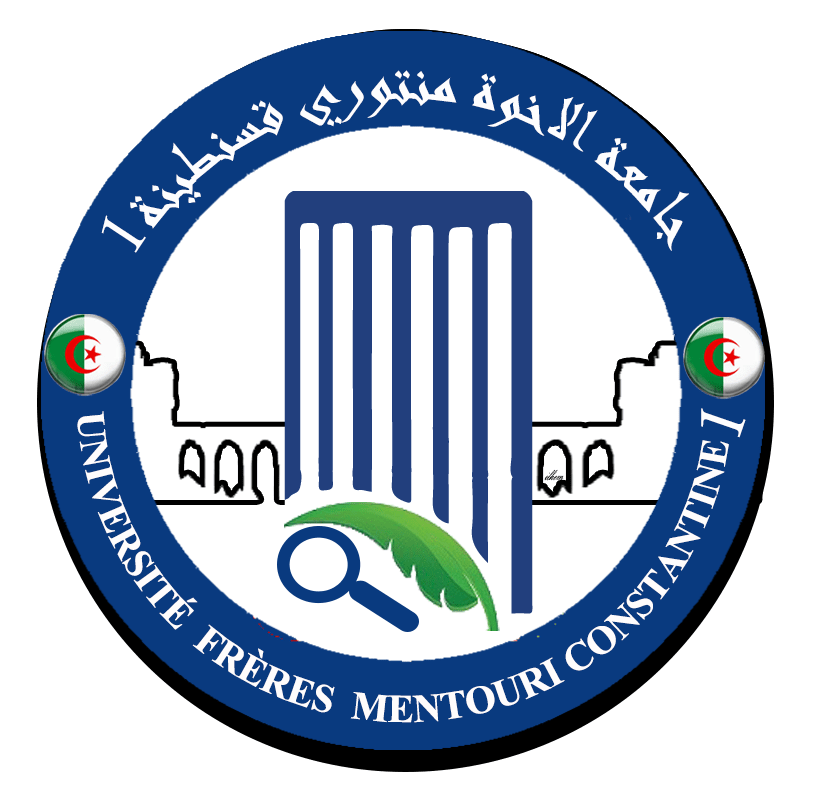Caractérisation De La Composition En Microconstituants Des Margines Issues De La Production Oléicole Et Utilisabilité Comme Complément Dans La Ration Chez La Vache Laitière
Résumé: Olive oil production yields a considerable amount of wastewater, a powerful pollutant that is currently discarded but could be considered as a potential source of valuable natural products due to its content in phenolic compounds and other natural antioxidants. The aim of this work was to valorize this by-product by ruminants. Thus, the proposed strategy was to distribute olive mill wastewater (OMWW) to dairy cows in production. This large-scale recovery required two prior steps: i) explore the variability in OMWW composition from Algerian olive oil mills considering extraction processes (traditional discontinuous press vs 3-phases centrifugal system) and olive varieties (Azerradj, Sigoise, Chemlal) and, ii) estimate its in vitro degradability in presence of ruminale microbiota in batch systems. Whereas pH, dry or organic matter content didn't vary, there was a significant difference in ash content according to extraction process and olive variety. Carotenoid content was 2.2-fold higher with 3-phases than with press systems whereas tocopherol content was not significantly different. Among the phenolic compounds quantified, tyrosol was usually the most abundant whereas oleuropein concentrations were highly variable. Differences in phenolic compound concentrations were more pronounced between olive varieties than between processes. The anaerobic biodegradation of OMWW reveals their extensive use by the rumen microbiota. Compared to vetch hay oats, they produce a small amount of gas. In addition, in vitro fermentation generates a low volume of methane. This allows OMWW to improve the efficiency of ruminal microbial flora in the biomass production and inhibition of methane production, a major source of energy loss for the animal. This result allows us to recommend their use as a food additive in the diet of ruminants The distribution of OMWW in the diet of dairy cows has allowed us to define the conditions for presentation of OMWW to dairy cows (shape, adaptation, and intake level) and their acceptability. Our results showed that the level of quantitative output (milk production) and fine composition of milk (vitamin A, E and phenolic compounds) did not seem to be affected significantly. The lack of significant differences between groups of animals is due to the fact that the OMWW distributed to the cows were not particularly rich in micro-components compared to forage.
Mots-clès:
Nos services universitaires et académiques
Thèses-Algérie vous propose ses divers services d’édition: mise en page, révision, correction, traduction, analyse du plagiat, ainsi que la réalisation des supports graphiques et de présentation (Slideshows).
Obtenez dès à présent et en toute facilité votre devis gratuit et une estimation de la durée de réalisation et bénéficiez d'une qualité de travail irréprochable et d'un temps de livraison imbattable!


